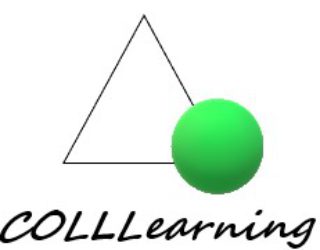What is Self-Directed Learning ?
Typical, narrow interpretations involve simply giving learners some sort of choice in their learning.
“In its broadest meaning, ’self-directed learning’ describes a process by which individuals take the initiative, with our without the assistance of others, in diagnosing their learning needs, formulating learning goals, identify human and material resources for learning, choosing and implement appropriate learning strategies, and evaluating learning outcomes.” (Knowles, 1975, p. 18)
Teaching self-regulated learning skills
“The evolution of the teacher-controlled learning environment to include more self-directed online education has highlighted the need for students of all ages to develop self-regulated learning skills.
Self-regulated learning is how students regulate their own emotions, cognition, behaviour and aspects of the context during a learning experience. Examples of good self-regulation skills include good time management, the ability to rapidly select the most efficient problem-solving strategies and the ability to actively monitor emotional states such as frustration.
While these skills are essential tools for lifelong learning, they are often not explicitly taught, leading to distinct populations of students who lack independence, motivation, persistence and a positive sense of wellbeing.
In order for educators to effectively pass on these skills to their students, whether kindergarten or tertiary age, it is necessary they first understand self-regulation themselves.”

